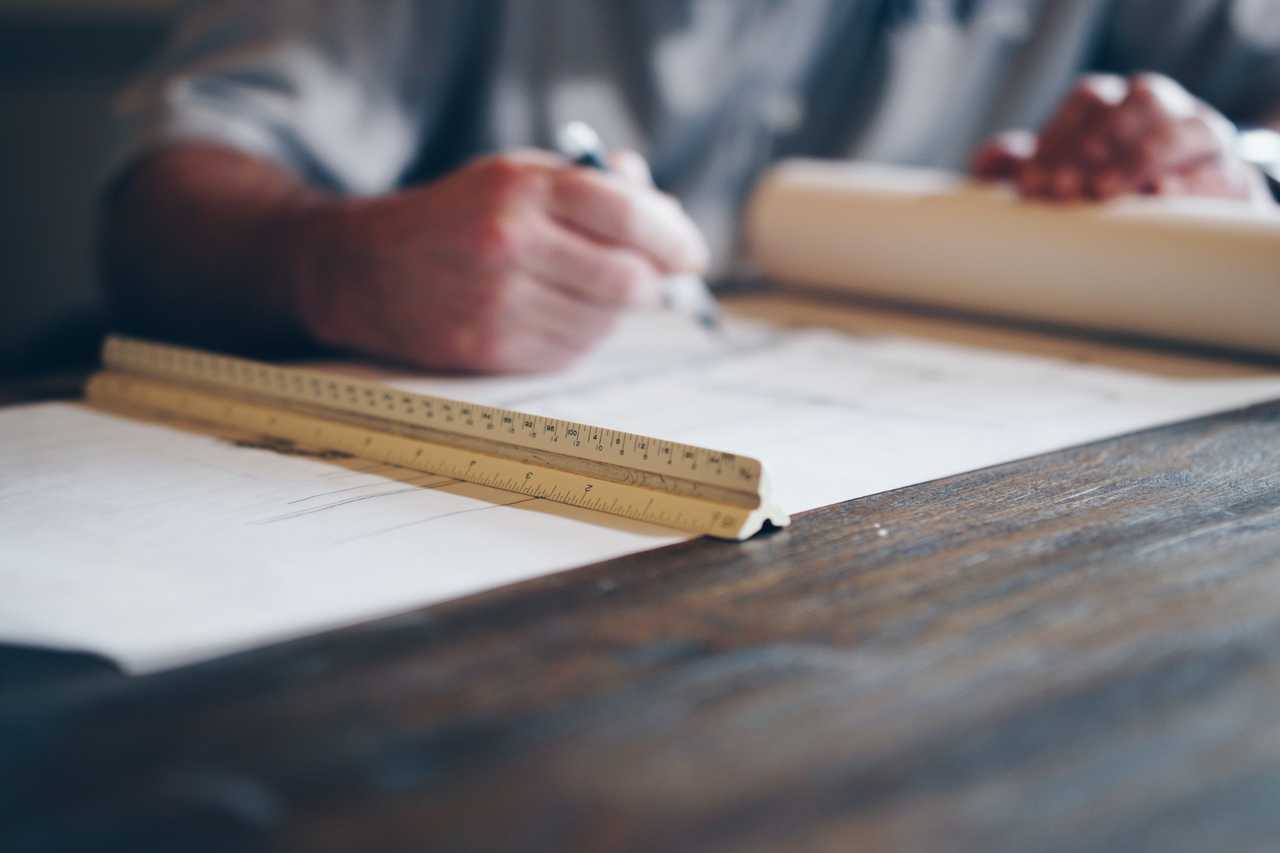
Building a Custom Home Step-by-Step
Pandemic or not, custom homes are maintaining their appeal with buyers in the US. In the first quarter of 2021, there were a total of 36,000 custom building starts according to Census Data from the Quarterly Starts and Completions by Purpose and Design.
It’s a dream for many to create a highly personalized home, but the time, money, and mental space it demands can turn that dream into a nightmare. That is, unless the vision is well-planned from the start.
If you’re thinking about building a custom home but not sure how to get there, check our list for tips on building a home that’s 100% your idea.
Brainstorming—the fun part

In this stage it’s very much your job to dream—and dream big. Dream it, then start scaling back so you can categorize your dreams, needs, wants, and don’t wants. What's most important to you? Get visual on Pinterest.
It helps to mentally walk through each room of your current home. What’s working? What drives you nuts? Then start thinking of ways to improve with your future home, including:
- How much natural sunlight do you desire?
- How can you plan for desert elements with window placement, etc.?
- What would you like to be the focal point when guests walk in?
- What are your storage needs?
- How will the indoor and outdoor areas function together?
- How can you incorporate hobbies and your lifestyle into the plan?
Budgeting—perhaps, the less fun part

What's your range? Once that’s set, add about 10% for unexpected costs. It’s not if, but when these will arise. If there aren’t additional funds to keep things moving, you’ll be adding more time and money to the original plan.
Also be sure to have your hard and soft costs accounted for. Hard costs are those associated with physical building construction, while soft costs are intangible, and typically associated with the planning, permitting, and financing.
Some budget items to consider:
- Land
- Site work e.g., excavation and foundation
- Inspection fees and permits
- Floorplan
- Framing and structural engineering
- Exterior finishes
- Mechanical, electrical, and plumbing (MEP)
- Heating, ventilation, and air conditioning (HVAC)
- Landscaping
- Interior finishes
Plotting a Timeline—measuring against a calendar

You’ve got a vision and the beginnings of a plan, now comes the task of making a timeline so everyone has a goal in mind and a basic understanding of what’s ahead. Since custom homes are just that, custom, there’s no set timeline but a rough estimate is six months (unlikely) to two years (more likely). Here’s a starting point for your plan:
Pre-construction: 9-12 months
- Creating a team and taking bids: 3 months
- Buying your land: 1-3 months
- Creating your floorplan and finalizing design: 3-6 months
- Getting permits and loans: 1 month
Construction: 12 months give or take
- Site work: 1 month
- Foundation: 1-2 months
- Initial carpentry: 2 months
- HVAC: 1 month
- MEP: 2.5 months
- Roofing and exterior finishes: 1.5 months
- Insulation and drywall: 1.5 months
- Interior finishes: 3-4 months
Land Selection—choosing your lot

Do you have your lot already? Congratulations!
Still looking? Consider doing a site analysis with an architect before you buy to help you assess the possibilities including light and elevation. Here are some other factors to consider:
- Crime rates in and around the area
- Ratings on schools nearby if you have little ones
- Commute times to work (as well as schools)
- The proximity to daily necessities including groceries
- Homeowners' association fees (HOAs)
- Nearby parks, recreation centers, and gyms
- Shopping and dining nearby
Team Scouting—assembling the perfect team of pros

Last and most certainly not least is choosing your team of professionals. This group will either get you to the finish line with little friction or set you and the project back. Nothing is perfect but feeling good about who you hire should be the No. 1 priority, not cost.
Go with that gut feeling and remember that trust is everything. Here are some tips for finding the right professionals, including contractors, architects, engineers, electricians, drafters, and plumbers.
- Start with their online reputation. Of course, one disgruntled past client shouldn’t necessarily deter you, but a string of bad reviews and one star on Yelp is a sign.
- Check their social accounts as well. Not everyone has a social media manager on staff but social activity can offer a glimpse into how they communicate.
- Ask for samples of previous work, including photos and other helpful materials they can provide.
- Ask about any subcontractors they use and what that process looks like. How do they pick them? Do they do background checks?
Additional Tips—preparing for the unexpected
This post contains a lot of info, but it’s designed to help, not hinder the process. Get everything in line and you’ll be ahead of the game. Here are some final items to keep in mind.
- There will be decision fatigue. Every little detail is yours, which is great! But also, every little detail is yours, even grout selection.
- Don’t attach to the timeline...but also keep the team on the timeline.
- Plan for accommodations after the target “move-in” date, just in case.
- Breathe in, breathe out, and take it one day at a time. It won't always be easy, but it will be worth it.
